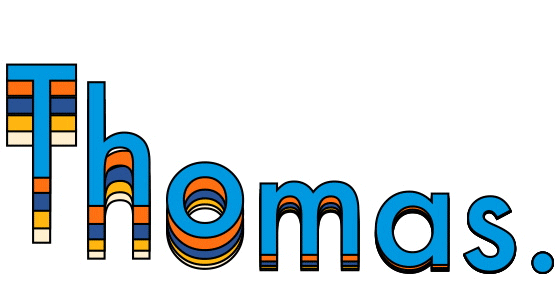Every motion design project needs a statement of work
Before starting a new motion design project you should absolutely be putting together a statement of work: a simple document that puts down in writing exactly what is going to be done throughout the project and the deliverables to be produced along the way.
Having a written log of everything that’s to be done helps avoid ambiguity in the project, and crucially helps defend against the dreaded scope creep.
Scope creep happens when a client tries to get more work done as part of a project, without paying anything extra for it. As the motion designer, and the person carrying out that extra work, this means you’re now effectively working for free.
Working for free is a big no-no, and something that a good statement of work can protect against.
Let’s say for example in the statement of work you’ve stated that the deliverable for the animation stage will be an mp4, be 24fps, and formatted as 1920x1080. Now let’s say that at the end of the project, the client turns round and says: “Oh yea, we need a square version that’s 1080x1080 for Instagram”
Without a statement of work, they could potentially argue that this could be done as part of the same project, with no change to the budget.
With the statement of work in place, you can politely point them to it and say: “As agreed in the statement of work, the only deliverable was the 1920x1080 version - we can absolutely produce a square version for Instagram however this will require additional time and budget to put together.” and from there you can negotiate additional time and budget to produce the extra work.
Writing a statement of work
In an effort to make it easier for freelancers to create a good statement of work, I’ve produced a statement of work template over on Loop that’s specifically for freelance motion designers.
This customisable template not only includes a section that outlines the usual project stages and deliverables for motion design projects, it also includes additional statements on feedback and changes - another area that needs to be agreed upon in writing before a project starts. There’s also additional boxes that cover whether project files are included, the total budget, and whether or not translations are needed. Again these are all things that need to be highlighted before a project starts and can save so much time further down the line.
The key thing when writing a statement of work is to include as much detail as possible to ensure there is as little ambiguity as possible around the work that’s going to be done.
Statement of work, or a contract?
Both. A statement of work outlines the work that’s going to be done but doesn’t really touch on things like payment terms or project abandonment fees. It’s for this reason that I recommend having both in place.
As I’ve mentioned in the past, I use Bonsai for my freelance contracts, which gives you the functionality to upload a statement of work to each contract, which is the ideal situation really.
Ultimately, the statement of work is another opportunity to sense check the project before starting, it raises red flags before any work has been done and can really help limit scope creep further down the line.
You may also be interested in the Motion Design Business Starter Pack, that contains a few additional templates for the business side of motion design.
Filed under:
